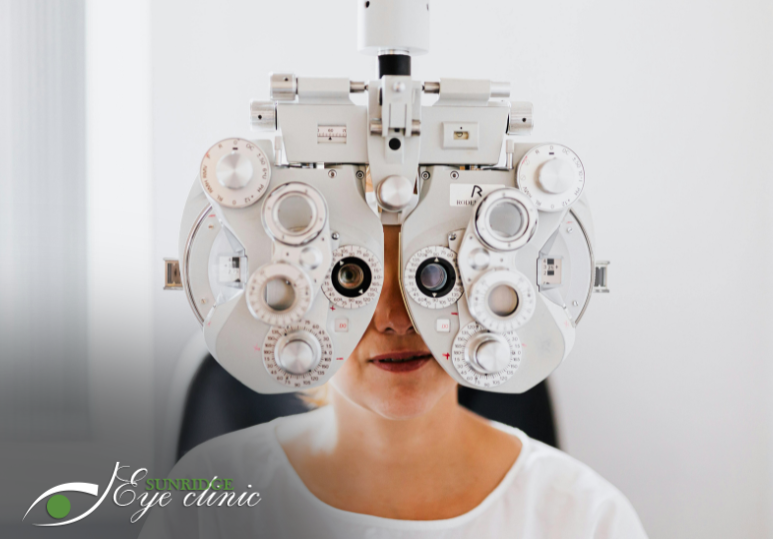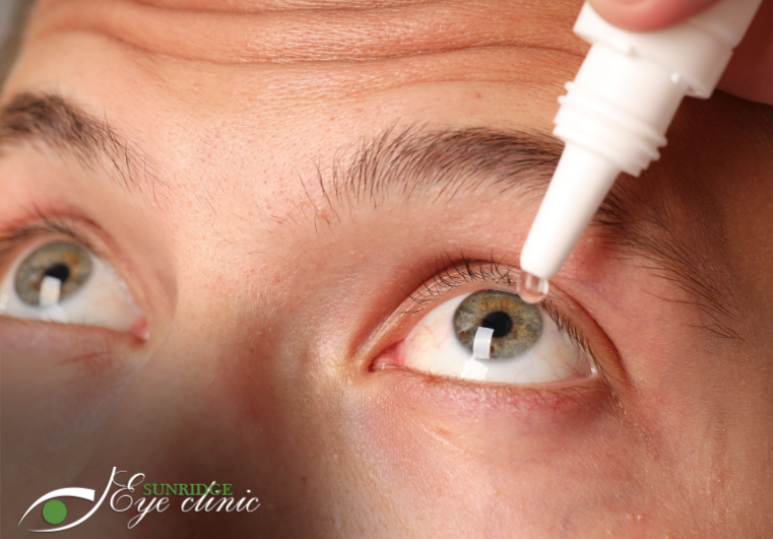What is Strabismus?
Strabismus, commonly known as crossed eyes, refers to a visual problem in which the eyes are improperly aligned and point in different directions. For example, one eye may look straight ahead while the other eye turns inwards, outwards, upwards or downwards. It results from a lack of coordination between the muscles of the eyes.
Risk Factors
Children under the of six are most affected by strabismus, appearing during their first 2 years. Other risk factors include:
- A family history of strabismus
- Brain tumor/Brain injury
- Damaged retina
- Diabetes
- Lazy eye
Symptoms of Strabismus
The most obvious sign of crossed eyes is when the eyes appear to be pointed in different directions. There are, however, more signs of crossed eyes that can most often be observed in children, including:
- Eyes that do not move together
- Tilting the head to one side
- Inability to gauge depth
- Squinting with only one eye
Diagnosis
A comprehensive eye examination is necessary to detect the early signs of strabismus. We recommend that infants have their first eye examination at six months, followed by yearly checkups after the age of three.
This is especially important if there is a family history of strabismus. After a complete eye examination, our optometrists can recommend appropriate treatment options.
Treatment of Strabismus
In order to improve vision, the weakened muscles in the affected eye or eyes must be strengthened. These treatment options may be used individually or in combination, depending on the severity of the eye condition.
- Eye-glasses/Contact Lenses - For patients who have crossed eyes due to uncorrected farsightedness.
- Injected medication - This relaxes the contracted muscles in the eyes, making it easier for the eye to focus where it should.
- Surgery - There is eye surgery to straighten out and realign the weakened eye muscles and has a very high success rate.
- Eye Patch - By wearing an eye patch over the more dominant eye, the muscles in the weaker eye will be forced to strengthen.





